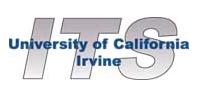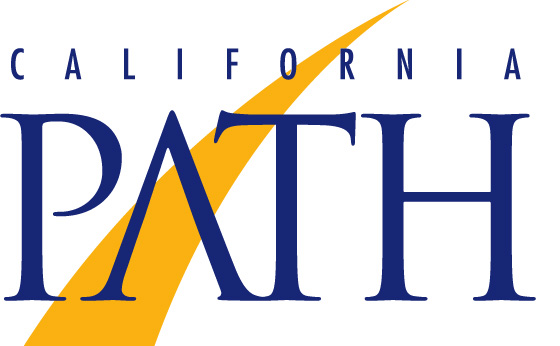

Interjurisdictional Traffic Systems Management
 |
 |
Institutional Approaches for Interjurisdictional Traffic Systems Management |
| Team | Abstract | Approach | Related Work | Reports |
| PROJECT TEAM | [ back to top ] |
|
M. G. McNally <mmcnally@uci.edu> Institute of Transportation Studies and Department of Civil & Environmental Engineering University of California Irvine Irvine, CA 92697-3600 USA http://www.its.uci.edu/~mmcnally/
Stephen P. Mattingly <smattingly@uta.edu> Pat McGowen, UCI <pmcgowen@uci.edu> Funded by a grant from the California PATH. April 15, 2003 through June 30, 2004 | |
| PROJECT ABSTRACT | [ back to top ] |
|
The last decade of experience with implementing, or in some cases not implementing,
Intelligent Transportation Systems (ITS) technologies has led to the identification
of a broad range of institutional coordination problems. A critical review of these
implementation projects and the identification of the associated institutional
cooperation problems should provide a body of knowledge that, when interpreted in
context of the projects and institutions at play, will lead toward the development
of a "best practices" prescriptive policy guide. The goal of the proposed research
is to develop such a policy guide, including sample institutional agreements, to
identify potential institutional constraints prior to a project startup.
In theory, institutional issues can be identified and addressed in a manner similar to technical issues. In practice, these institutional coordination problems often involve personnel problems that can be the key stumbling blocks in implementation. But such problems are difficult to identify because they rarely are documented. The approach herein is to sample typical projects in selected ITS implementation areas and, through a comprehensive review of the selected projects followed by one-on-one interviews with key participants, develop flowcharts and policy guidelines to identify key institutional constraints when the project itself is being defined, prior to any funding or implementation effort. The products of this research will be a "best practices" policy guide incorporating flowcharts for planning for institutional cooperation. | |
| RESEARCH APPROACH | [ back to top ] |
|
The following tasks are proposed [lead/responsible party identified in bold]:
|
|
| RELATED PROJECTS | [ back to top ] |
| REPORTS AND PAPERS | [ back to top ] |
| Last Updated: 13 August 2003 | [ back to top ] |
| Team | Abstract | Approach | Related Work | Reports |
| [ PI Projects | ITS Projects | ITS Home Page | UCI ] |